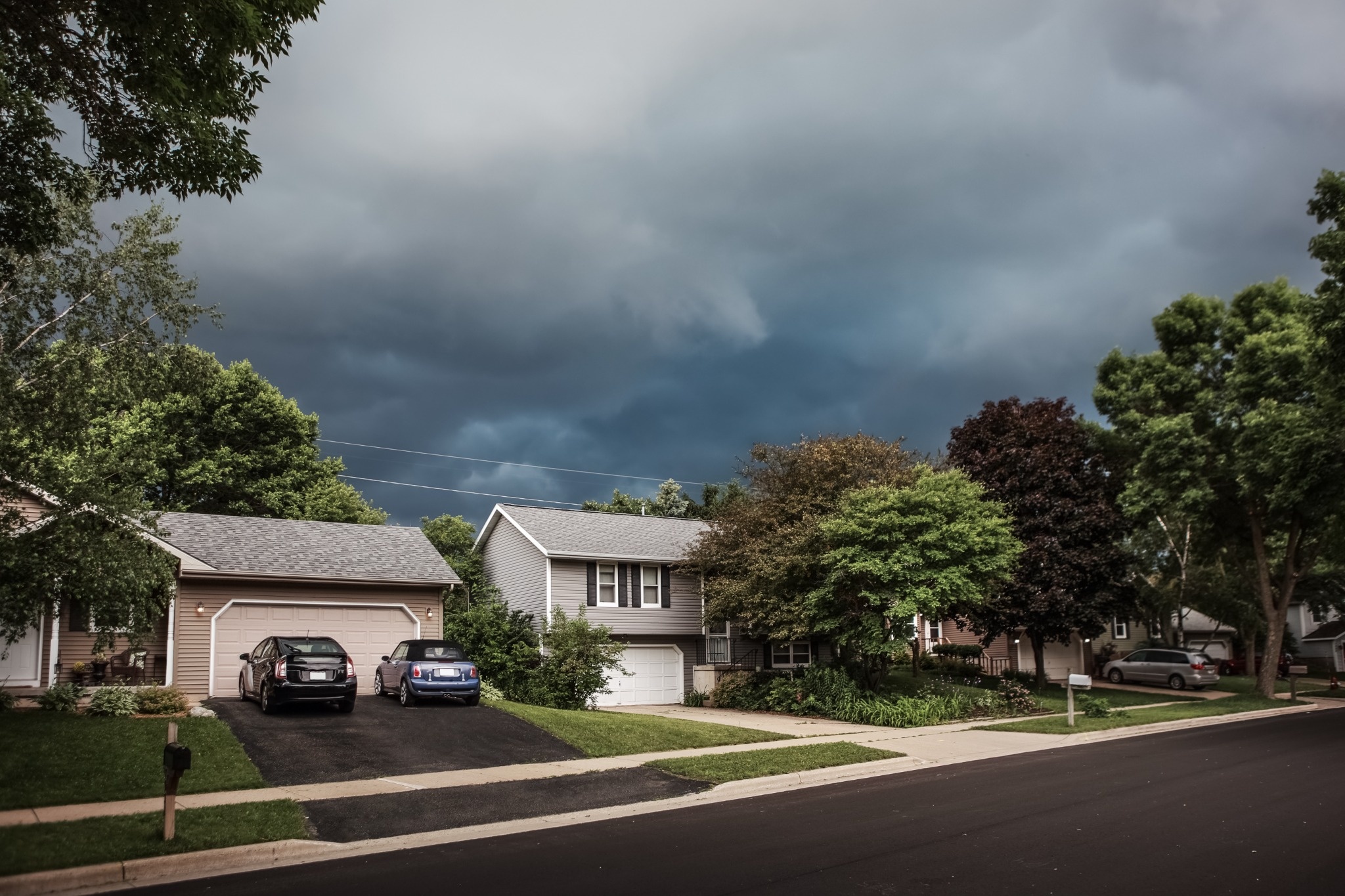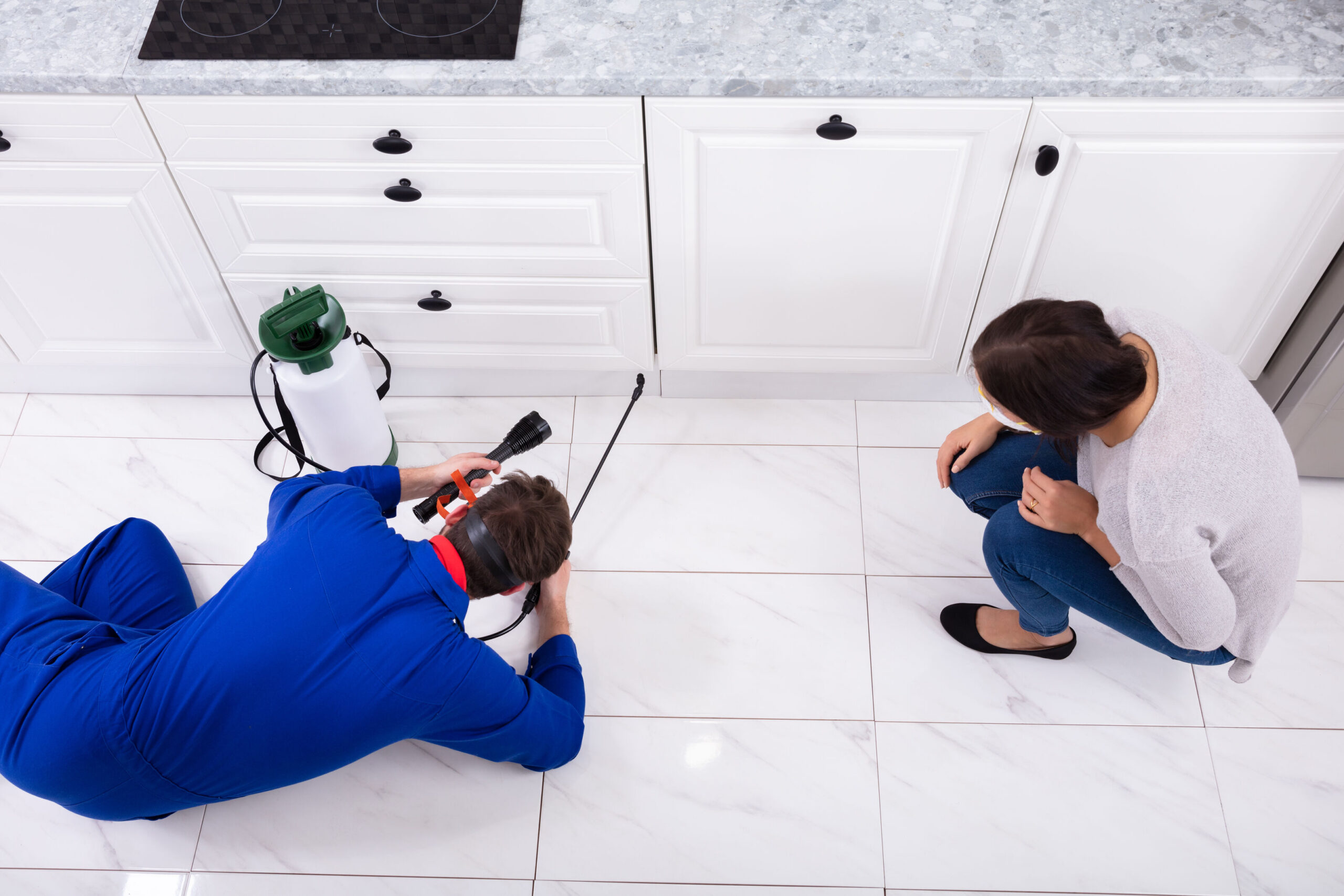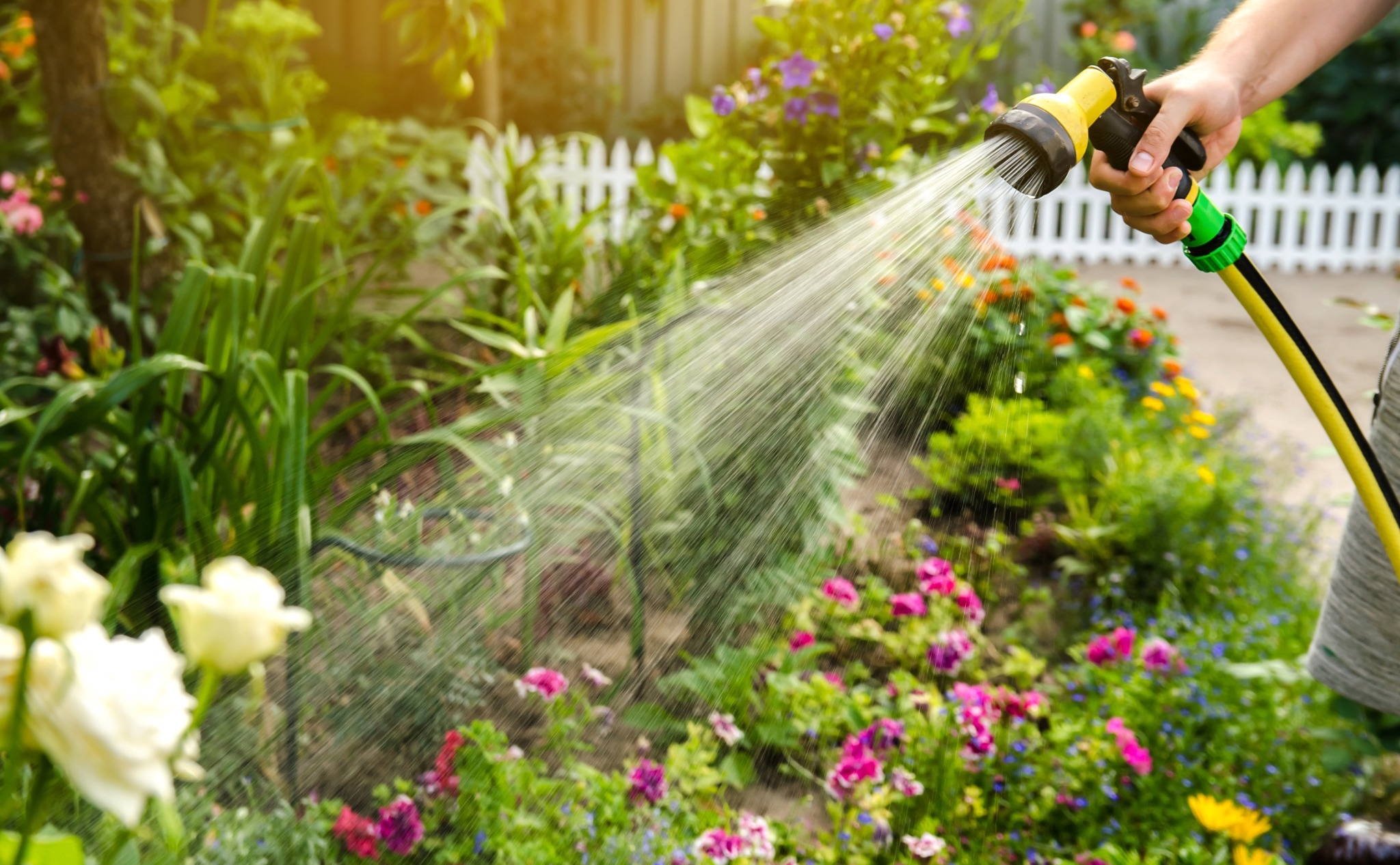Table of Contents
- Know What You’re Up Against
- Clear Gutters and Downspouts
- Trim Trees and Remove Dead Branches
- Secure Outdoor Items
- Seal Up Gaps and Cracks
- Check the Roof Without Climbing It
- Create a DIY Emergency Kit
- Install a Surge Protector (or Two)
- Use Sandbags or Barriers If Flooding Is Common
- Unplug Electronics During Severe Storms
- Stay Informed with Free Alerts
- Peace of Mind Doesn’t Have to Be Pricey
How to Protect Your Home from Summer Storms Without Spending a Lot: Affordable Prep Tips for Every Homeowner
Summer storms can hit fast and hard—bringing wind, rain, lightning, and even hail. While you can’t control the weather, you can take simple, budget-friendly steps to protect your home before the skies turn gray.

Know What You’re Up Against
Summer storms often come with more than just a little rain. Depending on where you live, you might deal with:
- Strong winds
- Flash flooding
- Hail
- Lightning strikes
- Power outages
Each of these can cause costly damage—but with the right prep, you can minimize the impact.
Clear Gutters and Downspouts
Clogged gutters are one of the biggest causes of water damage during storms. When water can’t drain properly, it can overflow, soak your siding, and even seep into your foundation.
DIY Fix:
- Use gloves or a small scoop to remove leaves and debris
- Run water through gutters with a hose to check for clogs
- Make sure downspouts direct water at least 3 feet away from the house
This quick job can save you thousands in water damage repairs—and costs almost nothing.
Trim Trees and Remove Dead Branches
Overhanging limbs are a major hazard during wind or lightning storms. Even healthy trees can lose branches if winds are strong enough.
| Task | Benefit |
|---|---|
| Trim back overhanging limbs | Reduces risk of roof or window damage |
| Remove dead trees or branches | Prevents them from falling unexpectedly |
| Tie down or stake small trees | Helps them survive high winds |
All you need is a pair of loppers, a handsaw, or a ladder. If the job’s too high, call in a pro for a one-time cut—often much cheaper than storm repairs.
Secure Outdoor Items
Lawn chairs, patio umbrellas, garden tools, and even planters can turn into flying debris during high winds. Take a few minutes to secure them before a storm hits.
Budget Solutions:
- Store items in a shed or garage
- Use bungee cords or rope to tie down larger furniture
- Lay umbrellas and lightweight décor flat on the ground
Do a quick scan of your yard any time storms are in the forecast to avoid unnecessary damage.
Seal Up Gaps and Cracks
Heavy rain and wind can exploit even small gaps in your home’s exterior. Look for potential entry points around:
- Windows
- Doors
- Foundation edges
- Attic or roofline vents
Use caulk or weatherstripping (usually under $10 per tube/roll) to seal leaks. This keeps water—and pests—out while helping your home stay energy-efficient too.
Check the Roof Without Climbing It
Your roof is your first defense during a storm. You don’t need to climb up there to spot potential problems.
What to Look For:
- Missing or curled shingles (use binoculars from the ground)
- Sagging or dark spots on the ceiling inside
- Granules in your gutters
If anything looks off, schedule a basic inspection with a roofing company—many offer them for free or low cost, especially after storms.
Create a DIY Emergency Kit
If the power goes out or roads flood, having a few basics on hand makes life a lot easier—and safer.
| Emergency Item | Why It Matters |
|---|---|
| Flashlights + batteries | Reliable light during outages |
| Bottled water | At least 1 gallon per person/day |
| First aid supplies | For minor injuries during cleanup |
| Nonperishable snacks | Easy meals if the power is out |
| Phone charger packs | Keeps communication going |
You don’t need to buy a premade kit—just gather supplies from around your home and store them in a plastic bin or backpack.
Install a Surge Protector (or Two)
Lightning strikes can damage TVs, routers, appliances, and more. Whole-house surge protectors are great but pricey—so start with a few power strip surge protectors.
- Use them for your TV, computer, and modem
- Look for UL-listed strips with an auto-shutoff
- Expect to pay around $15–$25 each
They’re a small investment that protects some of your most expensive gadgets.
Use Sandbags or Barriers If Flooding Is Common
If your area is prone to flash flooding or poor drainage, having a few sandbags on hand can save your basement or entryway from disaster.
- Stack bags near doors or garage openings before the storm
- Use plastic sheeting behind bags for extra protection
- Many cities give out free sandbags ahead of major storms
They’re heavy but simple to use—and far cheaper than water cleanup.
Unplug Electronics During Severe Storms
One of the easiest (and free) ways to protect your gear during a lightning storm is to unplug it altogether.
- Disconnect TVs, routers, gaming consoles, and small appliances
- Turn off breakers to high-end systems if you’re away during storms
It takes just a minute and could save you from major replacement costs.
Stay Informed with Free Alerts
Early warnings can help you prepare faster and better. Most local governments and weather apps offer free real-time alerts.
- Sign up for community alert systems via text or email
- Download a weather app with push notifications
- Keep a battery-powered radio in your emergency kit just in case
The more you know ahead of time, the more you can do to prepare—at no cost.
Peace of Mind Doesn’t Have to Be Pricey
You don’t need to invest in storm shutters or a backup generator to prepare for summer storms. Most of the protection your home needs comes from regular upkeep, a little prep work, and staying alert. With these simple, low-cost tips, you can keep your home and family safe—without blowing your budget.





